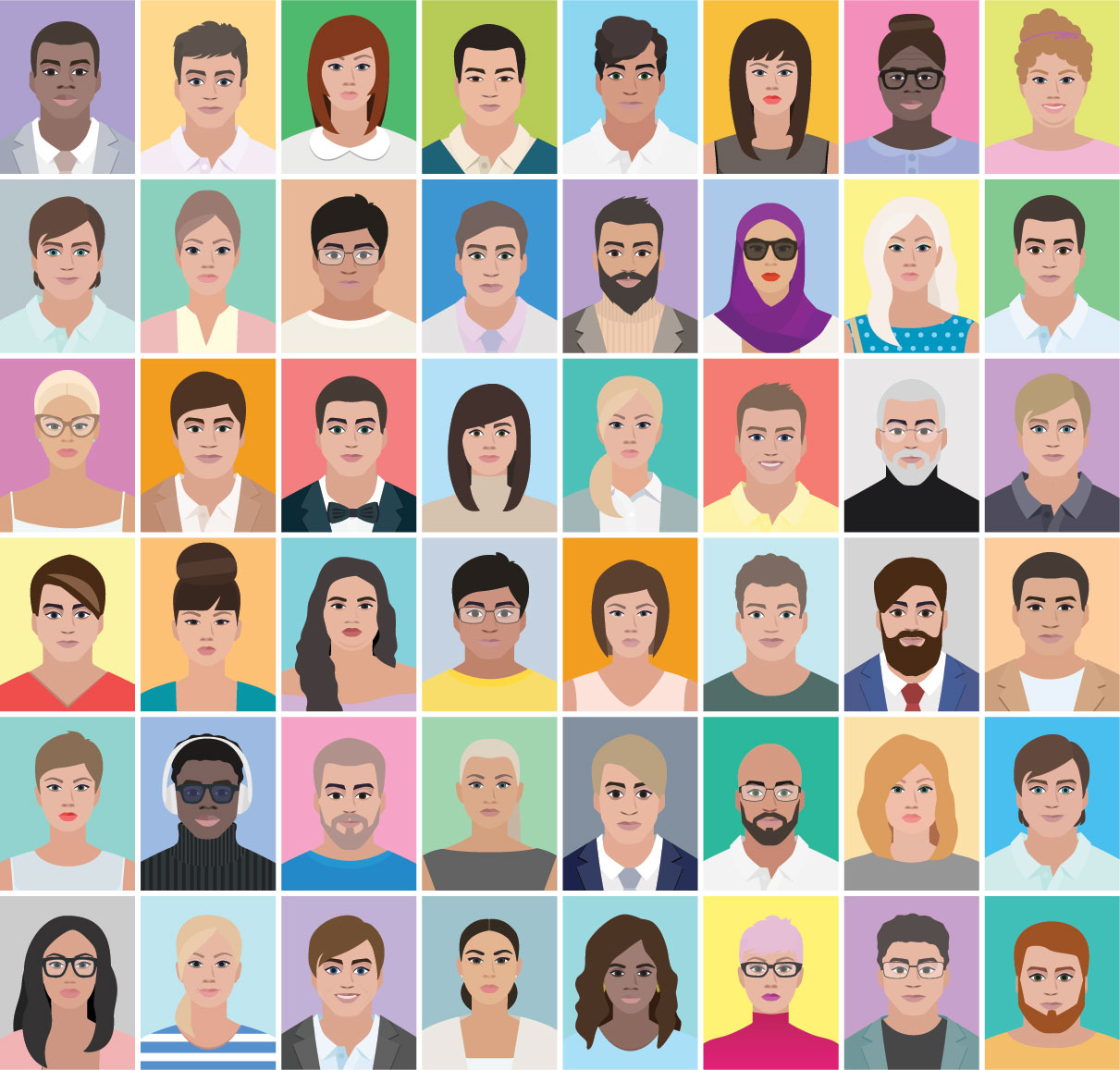Bias in AI: Fundamental Trade-Offs and Algorithms
Vishnu Boddeti
May 3, 2022
Progress In Machine Learning
Speech Processing
Image Analysis
Natural Language Processing
Physical Sciences
State-of-Affairs
(report from the real-world)
March 24, 2016


April 25, 2017


Feb. 09, 2018


- Boulamwini and Gebru, "Gender Shades:Intersectional Accuracy Disparities in Commercial Gender Classification," FAT 2018
Research Agenda
Research Questions
- What are the exact fundamental limits and trade-offs between utility and fairness?
- How can we design machine learning systems to achieve these fundamental limits and trade-offs?
Trade-Offs in Algorithmic Fairness

- B. Sadeghi, S. Dehdashtian, V.N. Boddeti, "Characterizing the Fundamental Trade-offs in Learning Invariant Representations," TMLR 2022
Notions of Algorithmic Fairness
- There are many notions of fairness (21 definitions):
- Demographic Parity
- Equalized Odds
- Equality of Opportunity
- Estimate the fundamental limits and trade-offs for all definitions of fairness.
Fairness Under Practically Relevant Scenarios

- Application Domain: Face Recognition
- Mitigating worst case instance bias as opposed to average population bias.
- Mitigating bias without access to demographic information.
- Summary: Next generation of machine learning systems have to be designed with security/privacy/fairness constraints.